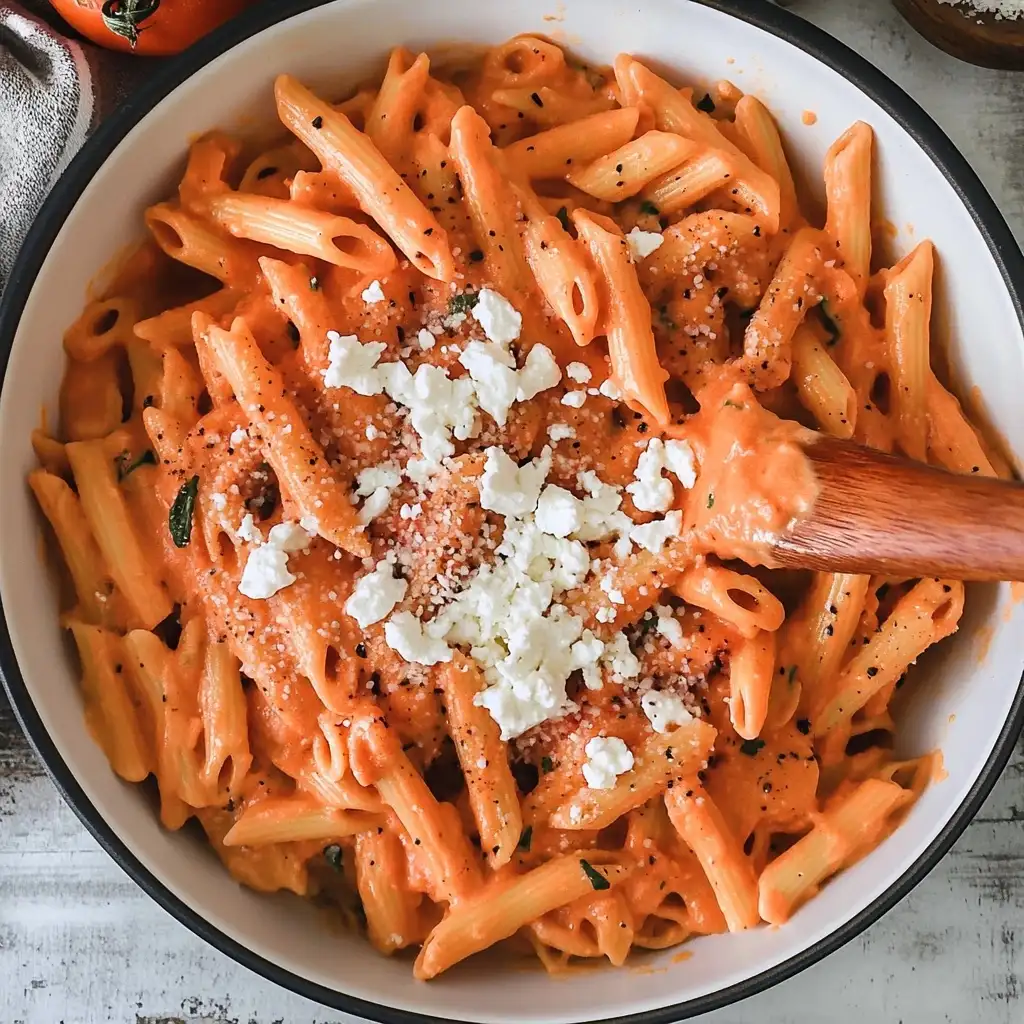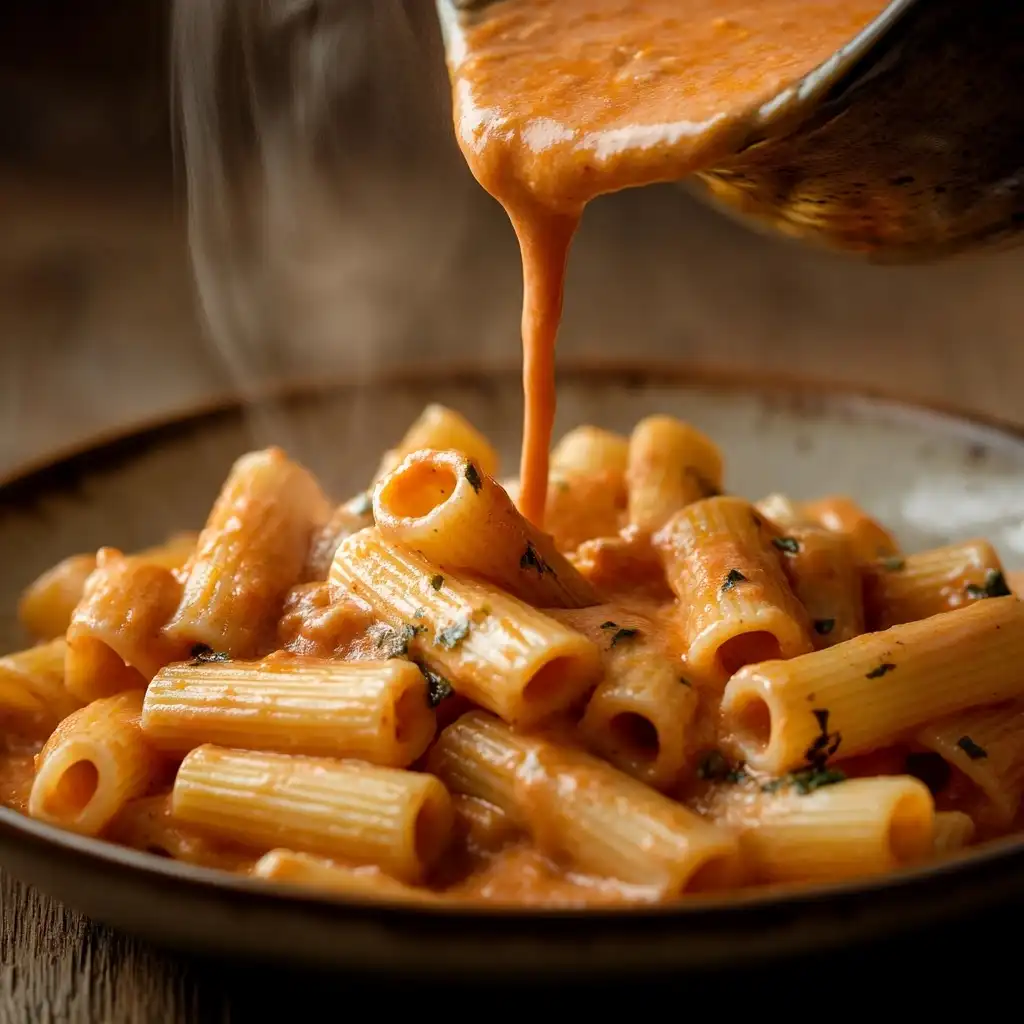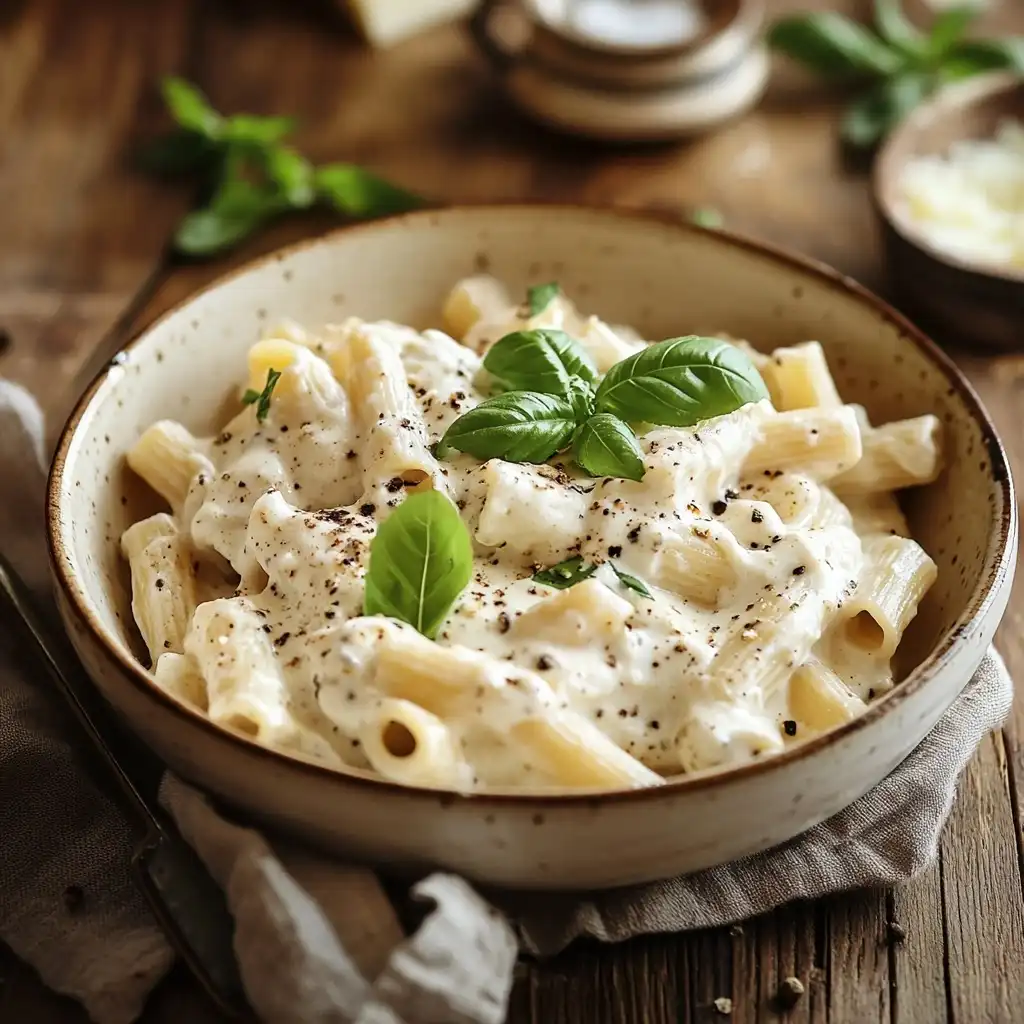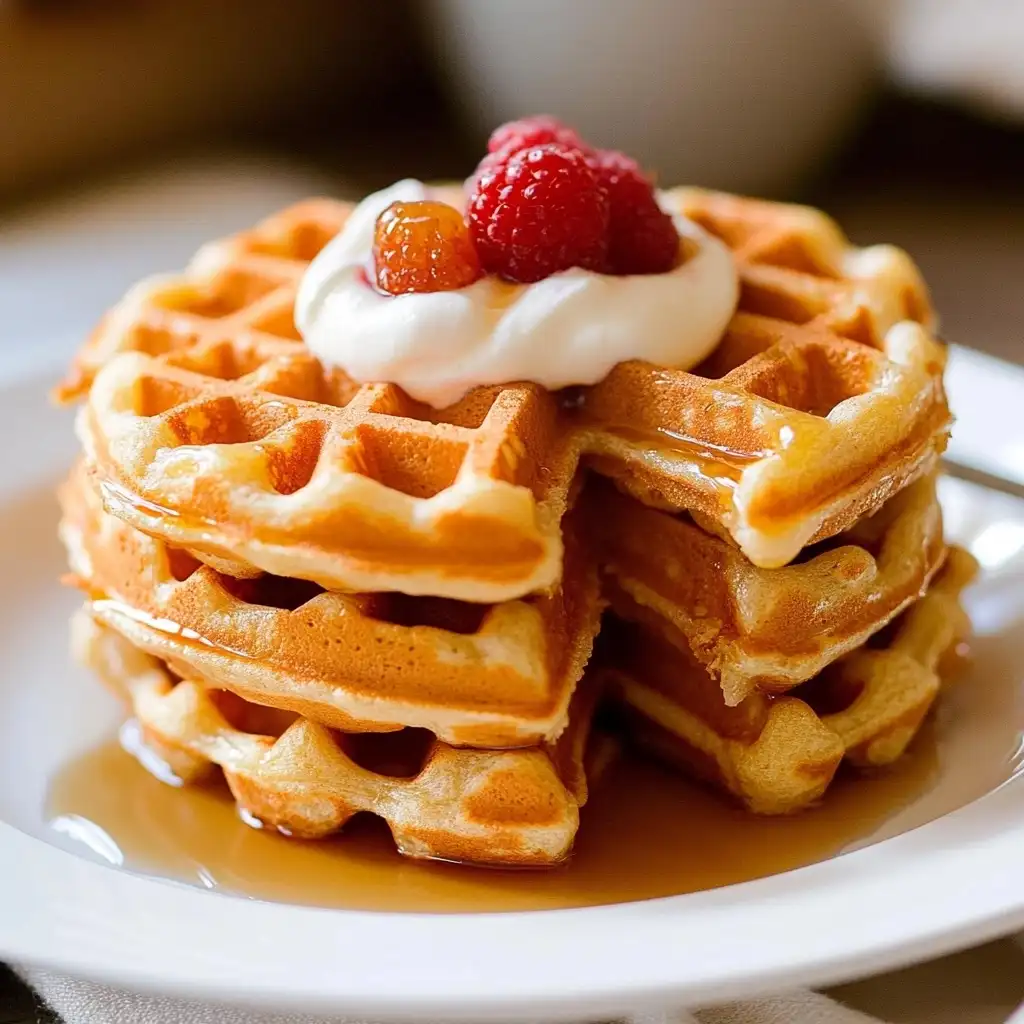How to Mix Cottage Cheese with Pasta Sauce: Creamy, High-Protein Perfection
How to mix cottage cheese with pasta sauce is a simple but genius way to create creamy, protein-packed meals without using heavy cream or butter. This high-protein twist blends the …







